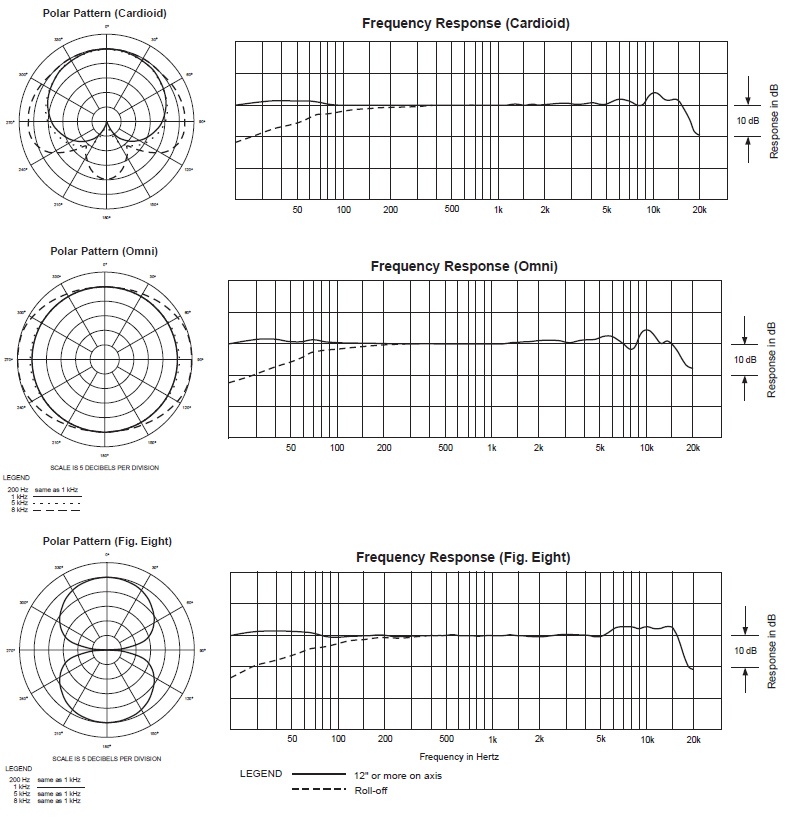Sometime in the 1980’s at the Los Angeles Audio Engineering Society (AES) convention a group of university audiologists offered to administer free hearing tests to any of the few thousand audio “professionals” attending the convention. “Free” is a pretty enticing price to most of the economic class of people who make a living in professional audio and the audiologists got a decent sample from a variety of what passes for disciplines in the audio profession: recording technicians, producers, live sound technicians, electrical design engineers, company management, etc. What they found shouldn’t have been surprising, but it apparently was either surprising or aggravating. In that year’s AES Journal and in an audiologists’ academic journal, the group reported that the majority of the audio professionals from recording to live sound were either “functionally deaf” or close enough to deaf for rock and roll. You might imagine that information would have been both enlightening and startling, but you’d be overestimating the intelligence of human beings. The immediate effect of learning that sound professionals are hard-of-hearing was that the members voted to ban hearing testing from all future conventions. I guess “hear no evil” extends to all bad news?
It shouldn’t be surprising that the people who work in the least health-regulated, highest volume occupations in the world are hearing damaged. It would be amazing if they weren’t. The surprise is that their reaction to this information was to ignore it. I suppose, like most areas of human activity, economics is the motivator. If our hearing-damaged customers learned that the people they pay to deliver a reasonably high quality audio product couldn’t hear the difference between a Neuman U87 and a busted Shure SM58 or a high quality studio monitor and a well-used Yamaha NS-10, they might be inspired to pay even less for our already barely-valued “talents.” It doesn’t help that the most-deaf musicians of the last ten or twenty generations of humans, 1960’s and 70’s rock icons, like Neil Young, Peter Townshend, Eric Clapton, Jack White, etc. are all not only poster-children for a variety of hearing-impaired charities but loud and insistent advocates for every golden ear’d bullshit from analog recording to high-def digital standards. Most likely, if these guys can convince you to spend more money on “high quality” versions of their work, you also believe Goldman Sachs deserved bailing out in 2008. From the performers to the audio technicians to our audience, hearing damage is key to practically everything we do.
The local performance theater is a great example. Red Wing, MN is a fairly typical small town (with a much larger town’s city budget thanks to a nearby nuclear power plant and its property taxes) with an aging population. The theater has “assistive listening devices available at no charge,” but like most such places you have to know this stuff is there to ask for it and, like most old and deaf people, the ones who need it the most are the ones who consistently shout “I can’t hear you!” at the dinner table. So, driven by the complaints of the deaf and dumber the production manager has spent a couple hundred thousand dollars on sound reinforcement equipment for an 800 person capacity facility. No, that doesn’t make the place sound better; it’s just a whole lot louder. That means the few people in the audience who are capable of hearing full-range music are being sacrificed for the deaf audience, hearing-impaired musicians, and the quickly-going-deaf FOH tech. This is a whole new definition of “disabled access,” where the disabled are empowered to equally disable everyone else.
It’s possible that, someday, human evolution will catch up to birds and most vertebrates (like lizards, fish, and frogs) and we’ll develop a repair mechanism for hearing damage. It’s about as likely that we’ll find a cure for the Dunning-Kruger effect and humans will suddenly stop our mindless drive toward the Sixth Extinction . . . but we can always dream. Until then, the obvious and well-known cause for hearing damage—environmental noise exposure—will continue to make us deafer and dumber and that will drive live music louder and force sound quality lower. Pretty soon, audiologists will be banned from every mall and medical facility so they can’t remind us of what we’ve lost.


